Gambia travel tips
Gambia travel tips: A West African jewel, offers river excursions, vibrant culture, and diverse wildlife, attracting visitors with its warmth and charm.
Regions 🌎
Gambia travel tips. Here is a list of all the regions of the Gambia.
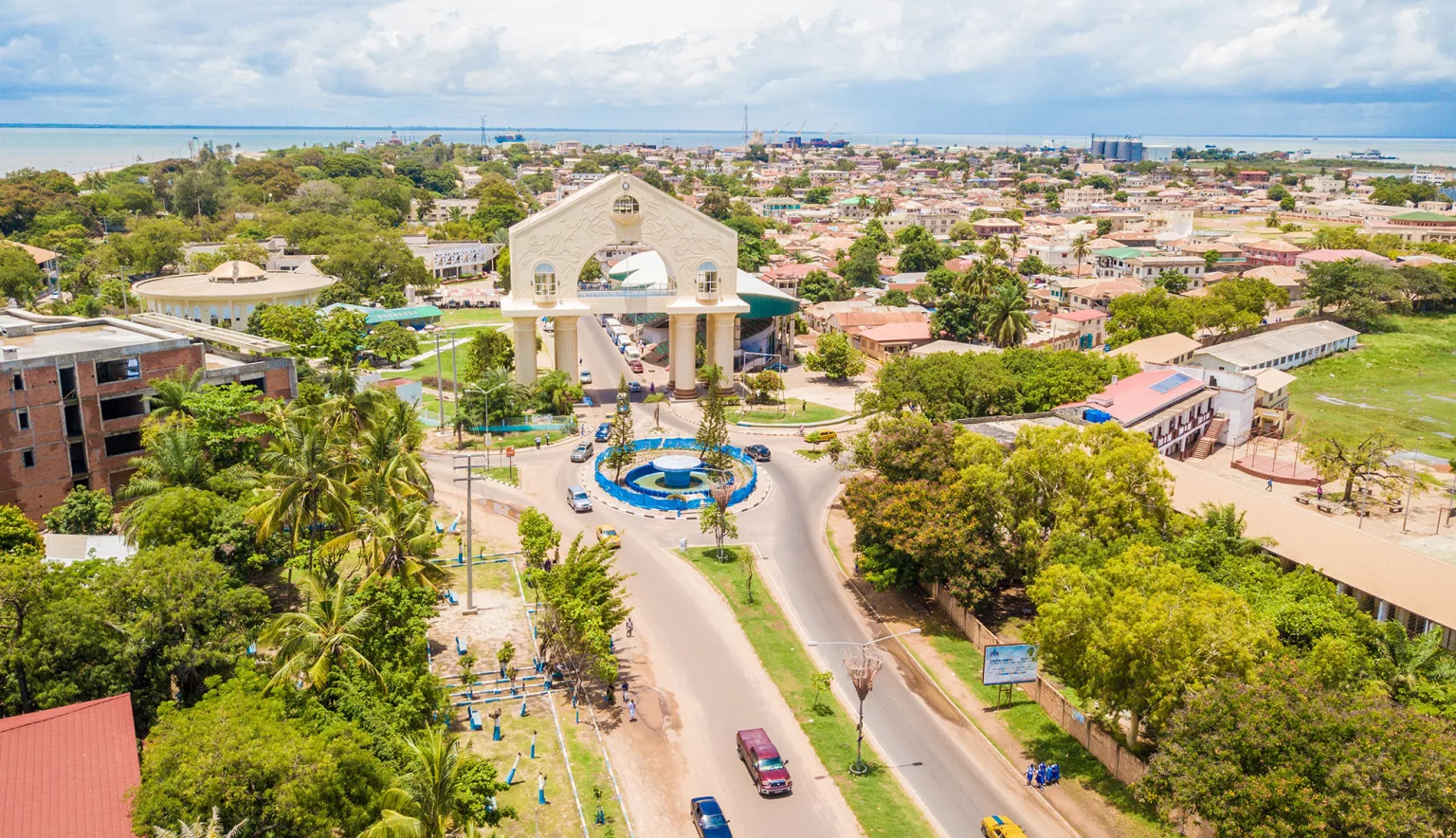
Banjul

Janjanbureh

Kanifing

Kuntaur

Mansa Konko
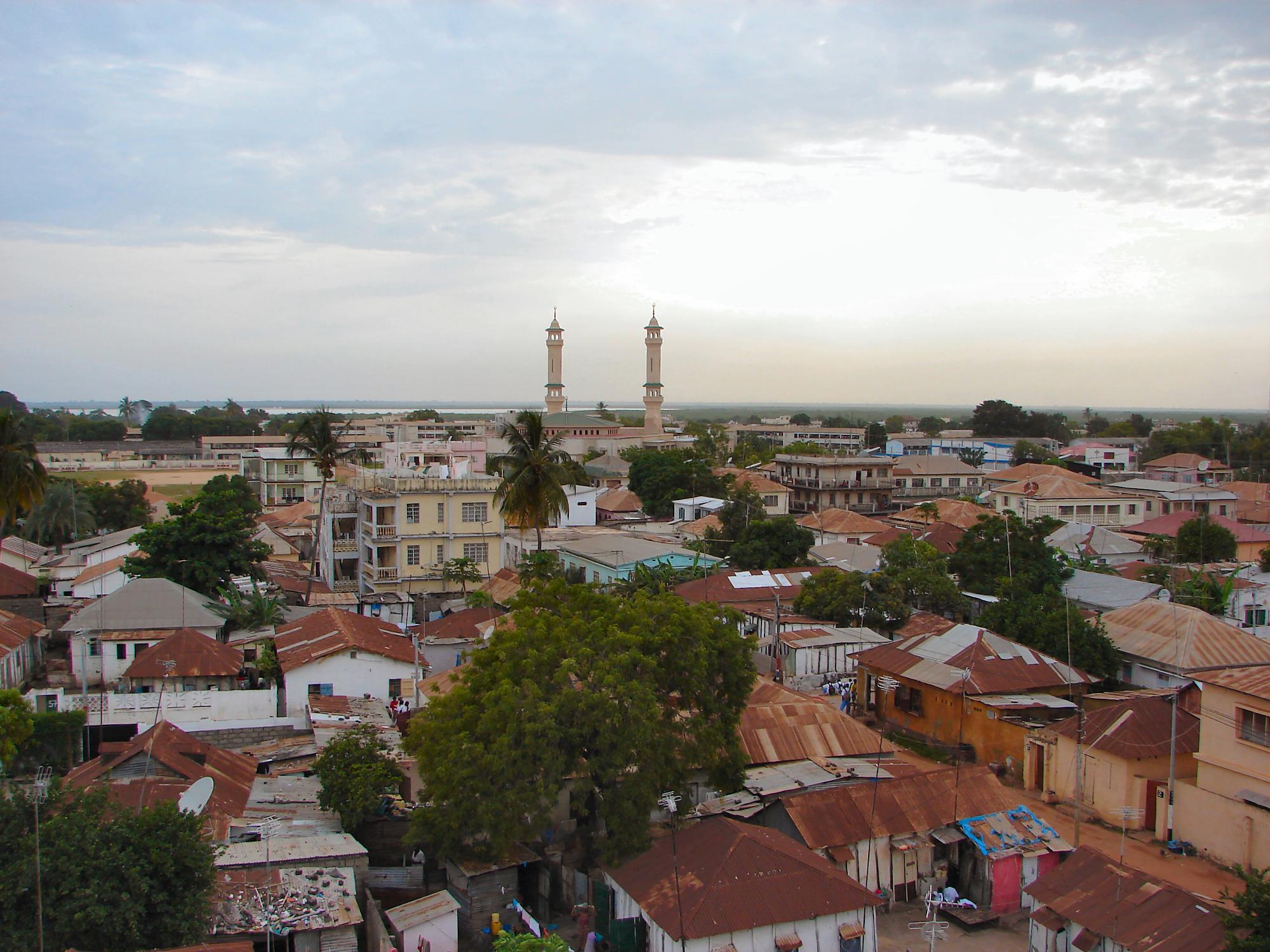
Kerewan
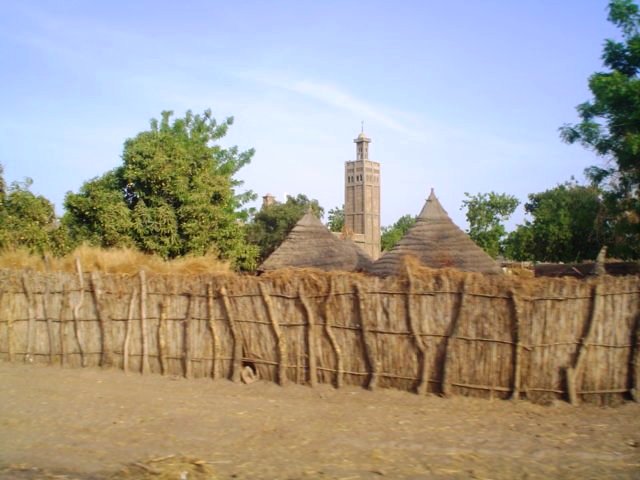
Basse
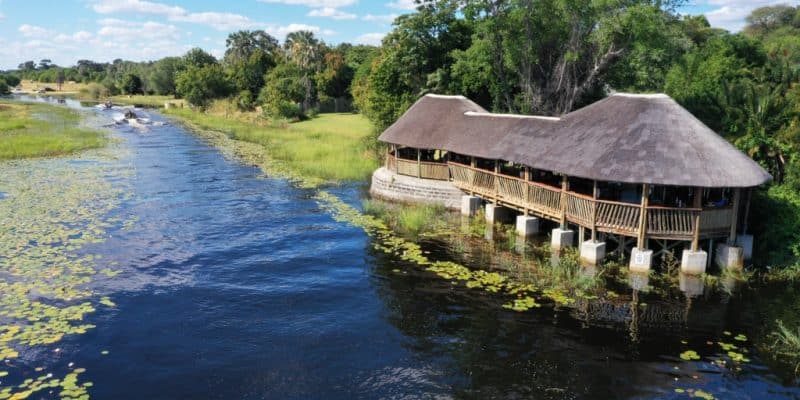
Brikama
Before you go 🛩
Important information you should know before your trip
Info

Capital | Banjul
Flag Codes:
ISO alpha-2 GM,
ISO alpha-3 GMB
Currency
Badge | Gambian Dalasi
CODE | GMD
NUMBER | 270
SYMBOL | D
FRACTION | butut
Mobile Coverage
Dialing Code | +220
SIM Card
Coverage | 3G / 4G / 5G |
Mobile Networks | Africell Mobile | Comium Mobile | Gamcel Mobile | QCell Mobile |

Location
The Gambia is a small West African country that is entirely surrounded by Senegal, with the Atlantic Ocean to the west. It is situated along the western coast of Africa, and its geographic coordinates are approximately: Latitude: Between approximately 13° 47′ N and 13° 4′ N, Longitude: Between approximately 16° 30′ W and 13° 47′ W.
The Gambia is a narrow, elongated country with a coastline along the Atlantic Ocean to the west. It is characterized by the Gambia River, which flows through the country from east to west, dividing it into two roughly equal halves. The Gambia is known for its relatively small land area, making it one of the smallest countries on the African continent.
The capital city of The Gambia is Banjul, which is situated on an island at the mouth of the Gambia River along the Atlantic coast. The Gambia’s geographical location along the coast gives it access to the Atlantic Ocean and has historically played a role in trade and commerce.
Currency
The currency of The Gambia is the Gambian Dalasi, abbreviated as GMD or simply D.
The symbol for the Gambian Dalasi is “D” placed before or after the amount, similar to the “$” symbol used for the United States Dollar.
The dalasi is further divided into 100 bututs.
Banknotes and coins are used for daily transactions in The Gambia, with various denominations available to facilitate commerce and trade.
The Central Bank of The Gambia is responsible for issuing and regulating the country’s currency.
Languages
The Gambia is a linguistically diverse country with several languages spoken due to its ethnic diversity. However, the official language and lingua franca of The Gambia is English. English is used in government, education, the media, and business, making it the language of instruction in schools and the language of government documents and communication.
In addition to English, several indigenous languages are spoken throughout The Gambia. Some of the prominent local languages include:
Mandinka: Mandinka is one of the major ethnic groups in The Gambia, and the Mandinka language is widely spoken in various regions of the country.
Wolof: The Wolof language is spoken primarily by the Wolof ethnic group and is prevalent in urban areas and along the coast.
Fula (Fulfulde): The Fula language is spoken by the Fula ethnic group and is also commonly heard in The Gambia.
Jola (Diola): The Jola language is spoken by the Jola people, who primarily inhabit the southern region of the country.
Serer: The Serer language is used by the Serer ethnic group, particularly in the western part of The Gambia.
Aku: The Aku language is spoken by the Aku ethnic community in The Gambia.
Climate 🌡
The Gambia has a tropical climate characterized by distinct wet and dry seasons. The climate is influenced by its location along the Atlantic Ocean and the flow of the Gambia River. Here are the key features of the climate in The Gambia:
Dry Season (November to May): The Gambia experiences a dry season that typically lasts from November to May. During this period, the weather is characterized by clear skies, low humidity, and minimal rainfall. The dry season is also the cooler time of the year, with lower temperatures than during the wet season.
Wet Season (June to October): The wet season in The Gambia occurs from June to October. This is when the country receives the majority of its annual rainfall. Rainfall is generally more frequent and intense during this time, and humidity levels are higher. Heavy rain showers and thunderstorms can be expected, especially in August and September.
Temperature: The Gambia has a relatively warm and stable temperature throughout the year, with average daytime highs ranging from 30°C to 35°C (86°F to 95°F) during the day and cooler temperatures at night.
Harmattan Winds: During the dry season, especially in December and January, The Gambia may experience the harmattan winds, which are dry, dusty winds blowing in from the Sahara Desert. These winds can bring haze and reduced visibility but also lower humidity levels.
Coastal Influence: The coastal areas of The Gambia, including the capital city, Banjul, tend to have milder temperatures and less extreme weather compared to inland regions.
Tides and Flooding: Along the coast, particularly in low-lying areas, high tides and occasional flooding can occur, especially during the wet season. Coastal erosion is also a concern in some areas.
Gambia travel tips
If you’re planning a trip to Gambia, here are some travel tips to enhance your experience:
Visa Requirements:
Check visa requirements before traveling to Gambia.
Local Events:
Check for local festivals and events. Attendance provides cultural insights.
Health Precautions:
Take malaria prophylaxis and carry necessary medications. Stay hydrated and use sunscreen.
Cultural Respect:
Respect local customs and traditions. Dress modestly, especially in rural areas.
Transportation:
Use official taxis. Negotiate fares before starting the journey. Experience local minibuses called “gele-gele” for an authentic Gambian travel experience. View Guide.
Craft Markets:
Shop for handmade crafts at local markets. Bargaining is common.
River Excursions:
Explore Gambia River’s beauty. Consider a boat trip to spot wildlife and visit local villages.
Enjoy your time in Gambia!

The best of the best
Gambian cuisine is diverse and flavorful, reflecting the country’s cultural diversity and geographic location. The cuisine incorporates a variety of ingredients, including rice, fish, vegetables, and spices.

Domoda (Groundnut Stew)
Domoda is a popular and hearty Gambian dish made with a rich peanut sauce.
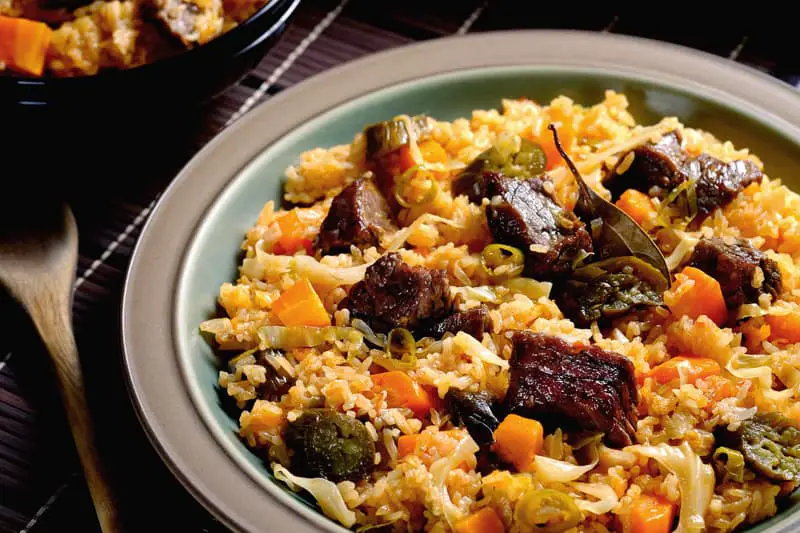
Benachin (One-Pot Rice)
Benachin is a flavorful one-pot rice dish cooked with a variety of ingredients, including tomatoes, onions, peppers, and spices.
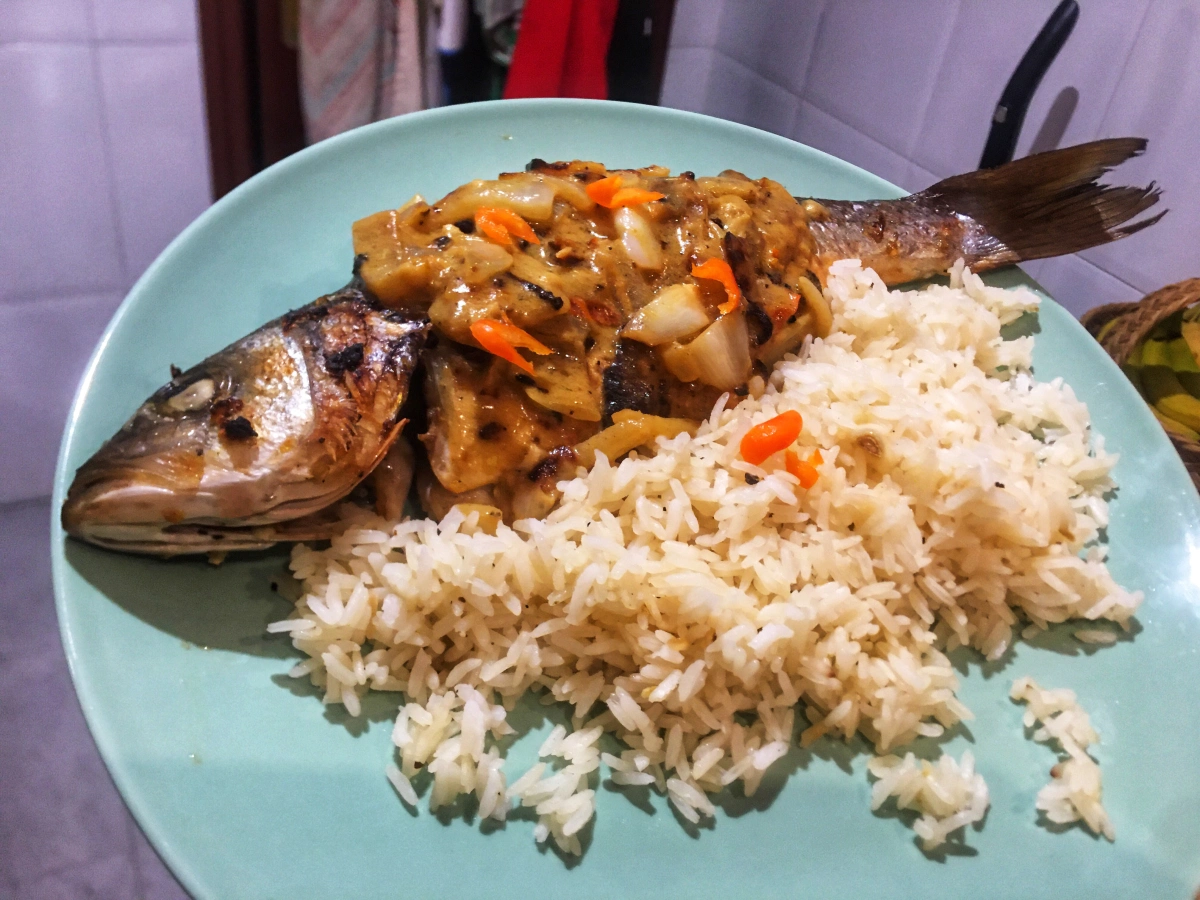
Yassa
Yassa is a tangy and savory dish made with marinated chicken or fish cooked in a sauce made from onions, mustard, and lemon juice.
Here are some typical foods and dishes you might find in Gambia:
Plasas: Plasas is a leafy green stew made with cassava leaves and various meats or fish. It is commonly served with rice or couscous.
Fish Dishes: Due to its coastal location, Gambia offers a wide variety of fish dishes, including grilled or fried fish served with spicy sauces.
Akara: Akara are deep-fried bean cakes made from black-eyed peas. They are a popular street food and snack in Gambia.
Chere (Rice Porridge): Chere is a sweet rice porridge made with rice, milk, sugar, and spices. It is often served as a dessert or breakfast dish.
Tapalapa Bread: Tapalapa is a popular type of bread in Gambia, known for its crusty exterior and soft interior. It is often served with grilled fish or other dishes.
Chu:chu: Chu:chu is a sweet and sticky dessert made from ground peanuts and sugar, often served in small bite-sized pieces.
Benechin: Benechin is a type of jollof rice, made with rice cooked in a tomato-based sauce with various spices and vegetables.
Plaintain Dishes: Plantains are a staple in Gambian cuisine and are often fried, boiled, or mashed and served as a side dish or snack.
Fruits: Gambia’s tropical climate allows for the cultivation of various fruits, including mangoes, bananas, papayas, and oranges, which are commonly enjoyed.
Gambian cuisine combines local ingredients with spices and flavors from around the world, creating a unique and tasty culinary experience. Visitors to Gambia have the opportunity to savor a wide range of dishes that reflect the country’s cultural diversity and rich culinary heritage.
Transportation 🚥
More information about this country
Choose your destination 📍🗺
Useful Links ✅



